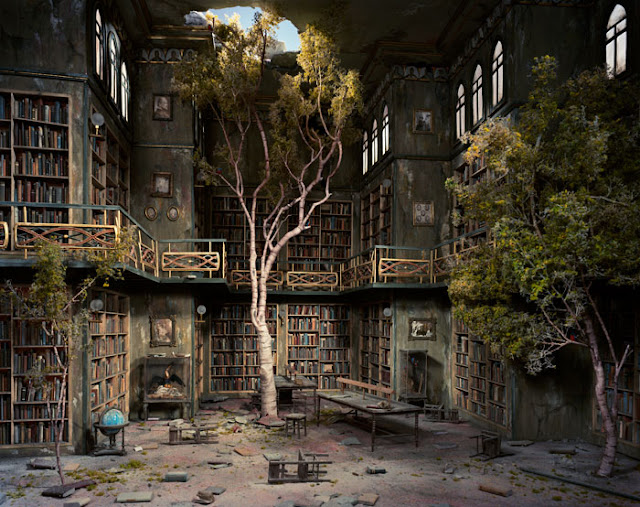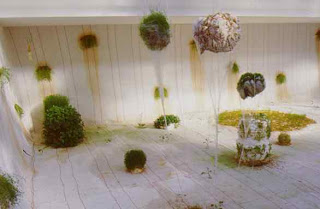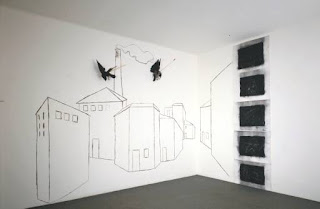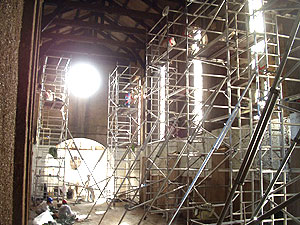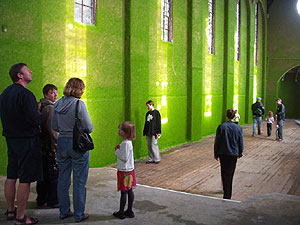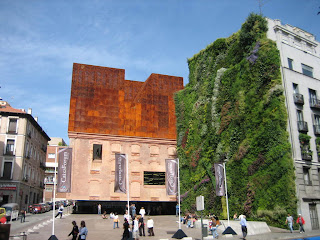Jannis Kounellis was initially associated with the Italian Arte Povera of the late 1960s, a movement that tried to free art from the conventions, structures and the market place restrictions of the day, and also (through the nature of the materials used) to make an art much closer to the everyday life of people. In 1969 he was made famous by a work he presented in Rome in which he temporarily turned a gallery into a stable for twelve horses. Since then, through his continued pushing of the boundaries of what is considered art, Kounellis has remained at the forefront of developments in contemporary art.

While his works are perhaps best known for their frequently epic scale, it is in the details of their making that they are at their most human. Always made from a gathering of everyday materials (such as wool, sacking, used clothing, old musical instruments or pieces of steel), when grouped together these disparate ingredients take on new meanings and associations. In one famous untitled work from 1967, Kounellis cut a sheet of steel into the shape of a flower, and inserted a gas flame at its centre – the hard, metallic cold of the steel contrasting with the form of the inanimate flower, which in turn gave forth a hot, (life and death giving) lick of fire. In another piece from 2004, installed in a space filled with oriental carpets and covered by an army of falling steel crosses suggesting the encounter of two different cultures, he again contrasted the textures, strengths and uses of the materials, while reconnecting them to man through their histories.
Starting his career as a painter, Kounellis still describes his practice as painting. His first paintings were exactly the size of one of the walls in his house. Physical space then became his canvas and in this respect the actual making of his works also becomes something of a performance, in which the space is articulated by the placing of the objects within it. It is no surprise therefore that Kounellis works only within carefully selected spaces.
Born in the Greek port of Piraeus in 1936, Kounellis has lived in Rome since 1956. A key protagonist of Arte Povera, he is one of the world’s leading contemporary artists, with a career spanning more than forty years. He has exhibited all over the world, and is represented in major museum collections internationally. His first exhibition in Rome, in 1960, was entitled Kounellis’ Alphabet. Arising from a compositional relationship between living and inert materials, Kounellis’ new artistic language was intended to provoke a critical attitude towards society and the creative process. He chose to substitute canvas with steel, to which he applied his alphabet, made up, among other things, of fire, earth, coal, wool, plants, and living and dead animals.
Since his earliest works Kounellis has charged certain signs with metaphorical values and symbolic functions. Never restricting his ‘paintings’ to two dimensions, his works are an integration of different artistic forms: painting, sculpture, music, theatre and poetry.



